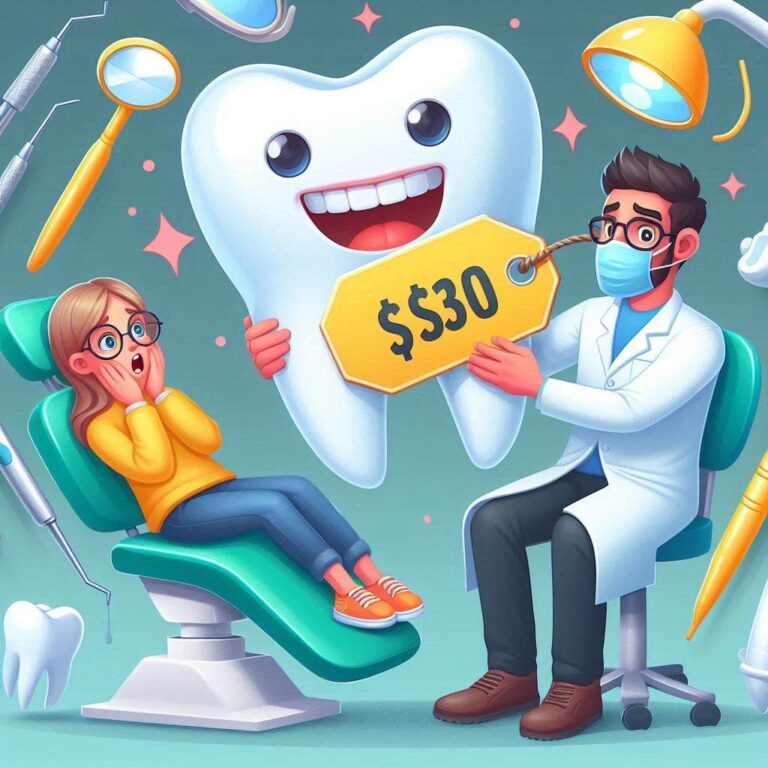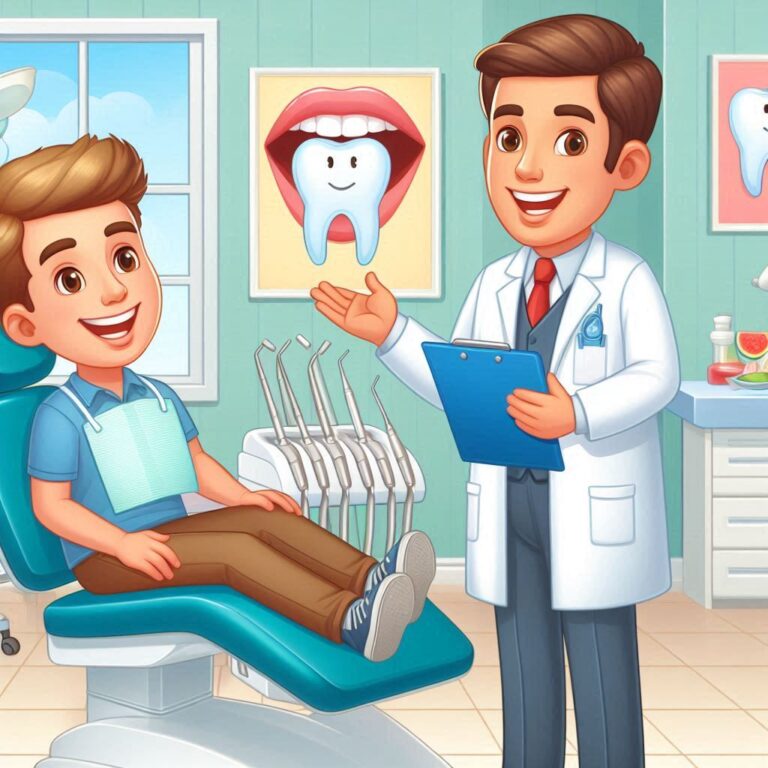Navigating the Maze: Understanding Rotten Tooth Extraction Costs Without Insurance
A throbbing toothache can send shivers down anyone’s spine. But the discomfort might pale in comparison to the worry that creeps in when you realize you don’t have dental insurance. A rotten tooth often necessitates extraction, and the associated costs can feel like a looming storm cloud. Fear not, brave reader! This comprehensive guide will equip you with the knowledge to navigate the maze of Rotten tooth extraction costs without insurance.

The Urgency of Extraction: Why a Rotten Tooth Needs Attention
Ignoring a rotten tooth is like inviting trouble. The decay doesn’t stop at the tooth itself; it can spread to surrounding teeth and even enter the bloodstream, leading to serious health complications. Symptoms like persistent pain, swelling, and difficulty chewing all point towards the urgent need for extraction. Early intervention can save you not only from mounting discomfort but also from potentially expensive downstream procedures.
Types of Extractions and Their Impact on Cost
The complexity of the extraction significantly influences the price tag. Here’s a breakdown of the two main categories:
- Simple Extraction: This is the most straightforward procedure, suitable for teeth that are visible and relatively easy to access. The dentist loosens the tooth with instruments and gently removes it.
- Surgical Extraction: This comes into play when the tooth is broken, impacted (wisdom teeth are prime examples), or deeply rooted. It might involve cutting gum tissue, removing bone, or both. Naturally, surgical extractions are more involved and costlier.
Cost Breakdown: Unveiling the Numbers
Now, let’s delve into the nitty-gritty of costs. It’s important to understand that these are national averages, and actual prices can vary depending on your location, the dentist’s experience, and the specific circumstances of your extraction.
- Simple Extraction: The average cost for a simple extraction of a visible tooth can range from $75 to $250. However, factors like anesthesia type and X-rays can add to the bill.
- Surgical Extraction: Here’s where things get trickier. Surgical extractions can cost anywhere between $200 and $4,000 per tooth. The complexity of the surgery, type of anesthesia used, and facility fees all play a role. Wisdom teeth removal, often a surgical procedure, can be particularly expensive, with an average cost ranging from $1,200 to $3,000 per tooth.
Estimated Tooth Extraction Costs Without Insurance
| Extraction Type | Cost Range | Factors Affecting Cost |
|---|---|---|
| Simple Extraction (Visible Tooth) | $75 – $250 | Anesthesia type, X-rays |
| Simple Extraction (Requires Bone Removal) | $200 – $400 | Complexity of procedure |
| Surgical Extraction (Soft Tissue Impaction) | $300 – $600 | Anesthesia type, facility fees |
| Surgical Extraction (Partially Bony Impaction) | $400 – $800 | Complexity of surgery |
| Surgical Extraction (Completely Bony Impaction) | $600 – $4,000 | Wisdom teeth removal typically falls in this range |
Anesthesia: A Cost to Consider
The type of anesthesia used during your extraction significantly impacts the cost. Here’s a quick guide:
- Local Anesthesia: This numbs the area around the tooth and is the most common and cost-effective option.
- Nitrous Oxide (Laughing Gas): This relaxes the patient but doesn’t completely numb the area. It can increase the cost moderately.
- Intravenous (IV) Sedation: This delivers medication through a vein, leading to deeper relaxation or even light sleep. It’s significantly more expensive than local anesthesia.
- General Anesthesia: This renders the patient completely unconscious. It’s typically reserved for complex surgeries or patients with severe anxiety and is the most expensive option.
X-Rays and Other Diagnostic Tools
In some cases, X-rays might be necessary to determine the tooth’s root structure and plan the extraction effectively. This adds another layer to the cost, although it’s usually a minor expense compared to the extraction itself.
Exploring Alternatives: Can You Save on Extraction Costs?
While extraction might seem like the only option, it’s always wise to explore alternatives, especially considering the potential financial burden. Here are a few possibilities:
- Root Canal Therapy: If the decay hasn’t reached the pulp (the inner chamber of the tooth), a root canal can save the tooth. While not inexpensive, it’s often cheaper than an extraction in the long run.
- Dental Schools: Dental schools sometimes offer discounted services performed by students under the supervision of licensed dentists. This can be a cost-effective option
Financing the Extraction: Maneuvering Payment Options
Even with the knowledge of costs, affording a tooth extraction can be a challenge. Here are some strategies to consider:
- Negotiate a Payment Plan: Many dentists are willing to work out a payment plan with patients who lack insurance. Be upfront about your financial situation and inquire about their payment options.
- CareCredit or Similar Financing: Organizations like CareCredit offer medical and dental credit cards with special financing terms. This can be helpful for spreading out the cost over a longer period. Be sure to carefully review the terms and interest rates before applying.
- Dental Discount Plans: These plans offer reduced fees for dental services in exchange for a yearly membership fee. While they may not cover the entire cost of an extraction, they can provide significant savings.
- Charities and Dental Clinics: There are charitable organizations and free or low-cost dental clinics that may be able to offer assistance with extractions, particularly for low-income individuals. Research local resources to see if you qualify for any programs.
Saving for the Future: Preventive Care is Key
A throbbing toothache is a stark reminder of the importance of oral health. Here are some preventive measures to minimize the risk of future tooth decay and potential extractions:
- Brushing and Flossing: This simple yet powerful duo removes plaque and food particles that contribute to decay. Brushing twice daily and flossing once a day are essential.
- Regular Dental Checkups: Schedule regular dental checkups and cleanings, typically every six months. Early detection of cavities allows for less invasive and less expensive treatment options.
- Healthy Diet: Limit sugary drinks and foods that can contribute to tooth decay. Opt for a balanced diet rich in fruits, vegetables, and calcium to support strong teeth.
Frequently Asked Questions (FAQs)
Q: How long does it take to recover from a tooth extraction?
A: Recovery time varies depending on the complexity of the extraction. Simple extractions typically heal within a few days, while surgical extractions might take a week or longer.
Q: What are some signs of complications after a tooth extraction?
A: Excessive bleeding, persistent pain, and swelling are potential signs of complications. If you experience any of these symptoms, contact your dentist immediately.
Q: Can I replace a missing tooth after an extraction?
A: Yes, there are several options for replacing missing teeth, such as dental implants, bridges, or dentures. Discuss these options with your dentist to determine the best solution for your needs.
Disclaimer: This article provides general information only and is not a substitute for professional dental advice. Always consult with a qualified dentist to discuss your individual situation and treatment options.
By understanding the factors affecting cost, exploring alternatives, and prioritizing preventive care, you can navigate the challenge of a rotten tooth extraction and emerge with a healthier smile and a lighter wallet.
Additional Considerations: Location and Finding the Right Dentist
While national averages provide a baseline, the cost of a tooth extraction can vary significantly depending on your location. Here’s a breakdown of some factors to consider:
- Cost of Living: Areas with a higher cost of living generally have more expensive dental services.
- Dentist Experience: More experienced dentists may charge higher fees compared to those just starting their practice.
- Dental Practice Overhead: The size and location of the dental practice can also influence costs. High-end practices with state-of-the-art equipment might have higher overhead reflected in their fees.
Finding the right dentist for your needs goes beyond just cost. Here are some tips:
- Get Referrals: Ask friends, family, or your doctor for recommendations for dentists who offer reasonable rates.
- Read Online Reviews: Online reviews can provide valuable insights into a dentist’s experience, bedside manner, and overall patient satisfaction.
- Check Insurance Network (if applicable): If you have dental insurance with a limited network, check if any in-network dentists offer extractions at a lower cost.
- Contact Different Dental Offices: Don’t hesitate to call several dental offices to inquire about their fees for tooth extractions. Be upfront about your lack of insurance and ask if they offer any discounts or payment plans.
Beyond the Cost: Potential Hidden Fees
When budgeting for a tooth extraction, be mindful of potential hidden fees that can inflate the final cost. Here are some to watch out for:
- Consultation Fee: Some dentists charge a separate consultation fee to assess your situation and discuss treatment options.
- Anesthesia Fees: The type of anesthesia used can significantly impact the cost. Be sure to inquire about the cost breakdown for different anesthesia options.
- Facility Fees: Some dental offices charge a facility fee to cover the overhead costs of running the practice.
- Medication: You may be prescribed antibiotics or pain medication after the extraction, which will add to the overall cost.
Ask Questions and Get Everything in Writing:
Don’t be afraid to ask your dentist questions about the cost of the extraction and any associated fees. A transparent and upfront dentist will be happy to provide a detailed breakdown of the expected charges. It’s also wise to get a written estimate of the costs before proceeding with the extraction. This helps manage expectations and avoids any surprises on the final bill.
Taking Care of Yourself After the Extraction
Once you’ve undergone the extraction, proper aftercare is crucial for a smooth healing process. Here are some essential tips:
- Pain Management: Follow your dentist’s instructions regarding pain medication. Apply ice packs to the extraction site to reduce swelling and discomfort.
- Bleeding: Some minor bleeding is normal after an extraction. Apply gentle pressure with gauze to control any bleeding.
- Diet: Stick to soft foods for the first few days after the extraction. Avoid hot and spicy foods that can irritate the extraction site.
- Oral Hygiene: Maintain good oral hygiene by gently brushing your teeth and rinsing with salt water. However, avoid brushing directly at the extraction site for the first few days.
- Rest: Get plenty of rest to allow your body to heal.
Conclusion
A rotten tooth extraction without insurance can be a daunting prospect. However, by understanding the cost factors, exploring alternatives, prioritizing preventive care, and finding the right dentist, you can navigate this situation effectively. Remember, early intervention and open communication with your dentist can save you money and discomfort in the long run. Take care of your oral health, and don’t hesitate to seek professional help when needed. A healthy smile is worth the investment!
You might also want to check out these articles for more ideas:Rotten Tooth Extraction Costs


